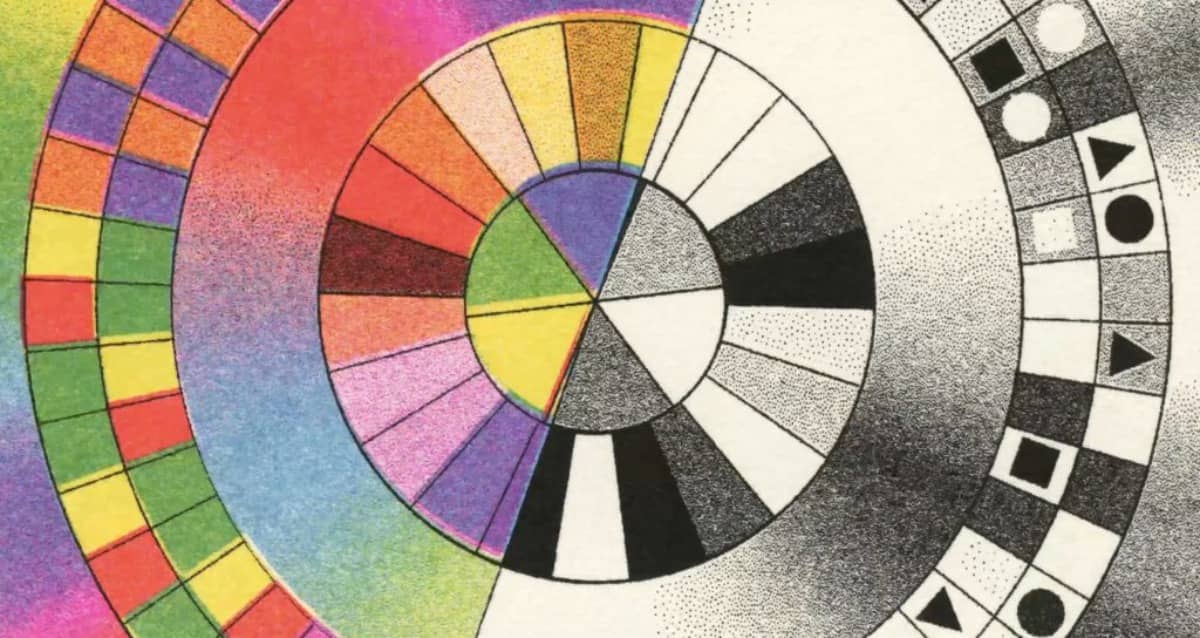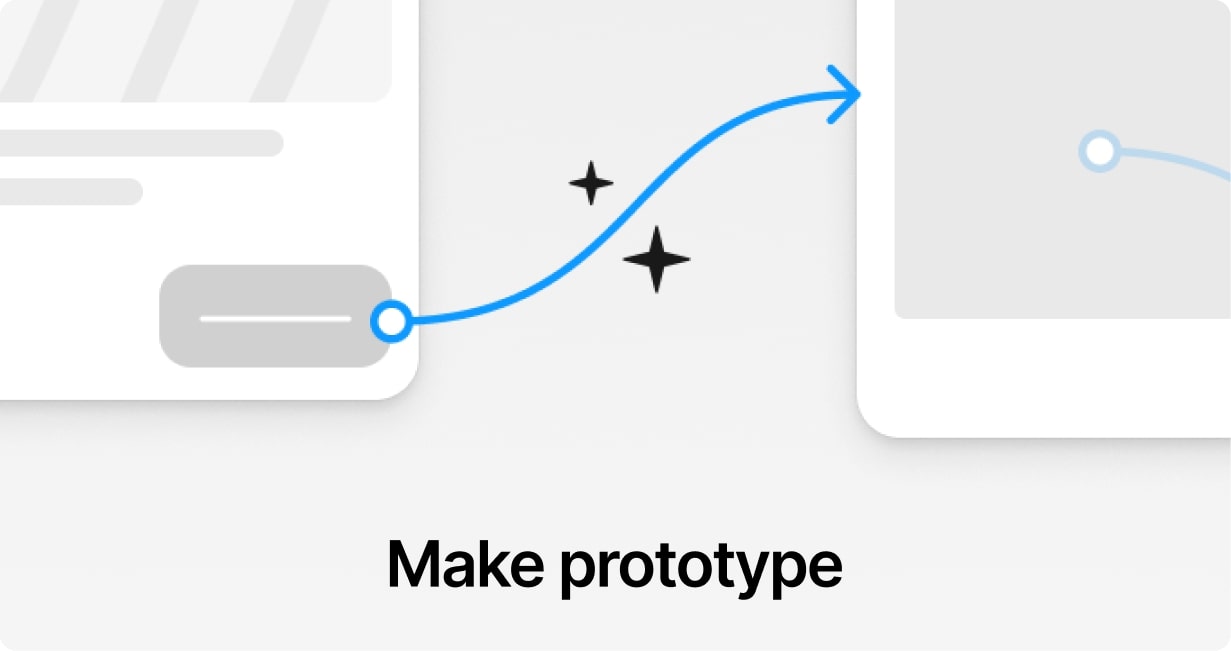Figma, the leading design platform, has introduced a new resource designed to streamline design workflows and improve collaboration: the Figma Pattern Library.
This carefully curated collection of reusable design patterns allows designers to maintain consistency while still offering creative flexibility. In the ever-evolving world of user interface (UI) design, ensuring design uniformity across various platforms and applications is crucial.
The Figma Pattern Library provides a centralized toolkit of UI components, making it easier for individuals and teams to create high-quality, cohesive designs.
As digital products become more complex, it’s challenging to maintain a consistent design language. Fragmented design elements, inefficient workflows, and difficulty scaling designs across large teams are common problems.
The Pattern Library addresses these by offering a comprehensive set of pre-built UI components, which can be reused and customized. This means designers can focus more on solving creative challenges and less on repetitive tasks.
The Figma Pattern Library includes UI elements such as buttons, forms, input fields, toggles, modals, and navigation menus, all built according to best practices in usability and accessibility.
The library is not just a collection of assets—it’s a framework that serves as a starting point for new projects, ensuring designers can produce work that aligns with modern standards of design. It also comes with detailed documentation that provides guidelines, best practices, and examples, helping teams apply the patterns consistently.
One of the standout features of the library is its focus on accessibility. Components are designed to meet the needs of all users, including those with disabilities. Proper color contrast, screen reader support, and keyboard navigation compatibility are incorporated into every element, ensuring inclusive design.
While the patterns are standardized, designers have the flexibility to customize them to fit specific brand guidelines, adjusting colors, typography, and spacing to reflect the unique identity of a project.
The Pattern Library is integrated directly into Figma, so designers can easily access and implement patterns within their workflow without switching between different tools.
This seamless integration also allows for real-time collaboration, meaning teams can work together on the same patterns, ensuring that everyone stays updated on the latest design changes. The library is especially beneficial for large-scale projects, as it ensures consistency across multiple screens and platforms, making it easier to scale designs without losing quality.
By reducing the time spent on repetitive tasks, the Figma Pattern Library enhances workflow efficiency, enabling designers to focus on more complex and creative aspects of their projects.
It offers practical applications for various types of designers—from startups looking to establish a cohesive design system to enterprises managing consistency across multiple teams and platforms. Freelance designers also benefit by saving time on smaller projects while still delivering professional-quality designs.
Overall, the Figma Pattern Library is a game-changer in the world of design. It empowers designers by providing reusable, accessible, and customizable components that streamline the design process and promote collaboration.
With this tool, teams can deliver high-quality, consistent digital products faster and more efficiently.











